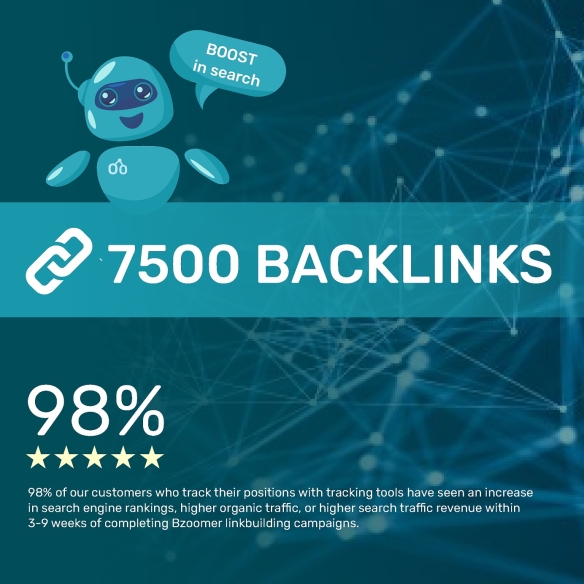When it comes to ensuring the quality of the water you drink, cook with, and bathe in, reverse osmosis for home is one of the most effective and efficient solutions available. Whether you live in an area with hard water, or you’re concerned about contaminants like lead, fluoride, or chlorine, reverse osmosis (RO) provides a thorough filtration process that delivers clean and purified water throughout your home.
This article delves deep into reverse osmosis systems, explaining how they work, the benefits they offer, and why they might be the ideal solution for improving your water quality at home.
What is Reverse Osmosis?
Reverse osmosis is a water filtration process that uses a semi-permeable membrane to remove a wide range of contaminants from water. The process works by applying pressure to water, forcing it through a membrane that allows only water molecules to pass through while blocking harmful contaminants.
This method is highly effective in removing impurities such as salts, minerals, bacteria, viruses, and various chemicals from the water. Reverse osmosis is often used in both industrial and residential settings to ensure that water is as pure as possible.
How Does Reverse Osmosis for Home Work?
In a reverse osmosis for home system, water is pushed through several stages of filtration before reaching your tap:
-
Pre-Filter: The first stage of filtration is typically a pre-filter, which removes large particles such as sediment, chlorine, and other debris that could clog the system or damage the RO membrane.
-
Reverse Osmosis Membrane: The next stage is where the magic happens. Water is forced through a semipermeable membrane that removes up to 99% of contaminants, including heavy metals like lead, arsenic, and cadmium, as well as chlorine, fluoride, and even some bacteria and viruses.
-
Post-Filter: After the water has passed through the RO membrane, it goes through a post-filter that polishes the water and removes any remaining tastes or odors, ensuring the water tastes fresh and clean.
-
Storage Tank: The purified water is then stored in a tank, ready for use. Depending on the system, the tank can hold anywhere from 2 to 5 gallons of water, ensuring you always have filtered water on hand when you need it.
-
Final Faucet: Finally, the clean water is dispensed through a dedicated faucet, usually installed at your kitchen sink. This faucet is separate from the main tap, ensuring that only filtered water is being consumed.
Why Choose Reverse Osmosis for Your Home?
There are several compelling reasons to install a reverse osmosis system in your home. Below are the top benefits that RO systems provide:
1. Highly Effective Water Purification
One of the main reasons homeowners choose reverse osmosis for home is its ability to remove a wide range of contaminants. RO systems are capable of eliminating:
-
Heavy metals like lead, mercury, and arsenic
-
Chlorine and chloramine used in municipal water treatment
-
Pesticides, herbicides, and VOCs (volatile organic compounds) from agricultural runoff
-
Fluoride which may be present in municipal water systems
-
TDS (Total Dissolved Solids) and salts
-
Bacteria and viruses
By removing these contaminants, RO ensures that the water you drink and use for cooking is free from harmful substances that can impact your health.
2. Improved Taste and Odor
Unpleasant tastes and odors in water are often caused by chemicals like chlorine or sulfur. Reverse osmosis removes these substances, resulting in water that tastes fresher and more enjoyable to drink. You’ll also notice that your food and beverages taste better when made with RO water.
3. Convenience and Accessibility
With an RO system installed in your home, you won’t need to rely on bottled water, which can be expensive and environmentally harmful due to plastic waste. Reverse osmosis systems provide you with an endless supply of purified water, ensuring that you always have access to clean water right from your tap.
4. Healthier Water for You and Your Family
For families, especially those with young children or elderly members, having access to purified water can provide peace of mind. Removing harmful substances like lead, pesticides, and chlorine from your water can help reduce the risk of long-term health problems, including kidney damage, developmental issues in children, and other chronic conditions.
5. Saves Money in the Long Run
Though the initial cost of installing an RO system can be a bit higher than other types of filters, it will save you money over time. By eliminating the need to buy bottled water, you can reduce your monthly water expenses. Additionally, because an RO system removes scale and contaminants that could damage appliances, it can help extend the lifespan of your home appliances, such as dishwashers, washing machines, and water heaters.
Common Myths About Reverse Osmosis for Home
Despite its many benefits, there are a few misconceptions about reverse osmosis for home systems. Let’s address some of the most common myths:
Myth 1: Reverse Osmosis Wastes a Lot of Water
It’s true that reverse osmosis systems require some water to flush contaminants away, but modern RO systems are much more efficient than they used to be. Newer systems waste much less water than older models, and some even have features that minimize water wastage, making them more efficient and eco-friendly.
Myth 2: Reverse Osmosis Removes Essential Minerals
While reverse osmosis does remove a variety of minerals from water, including some beneficial ones like calcium and magnesium, many RO systems include a remineralization stage that adds back essential minerals. This ensures that the water maintains a balanced pH and a mineral content that is good for your health.
Myth 3: Reverse Osmosis is Too Expensive
While the upfront cost of an RO system might seem high, it is a long-term investment in your health and home. The cost of maintaining an RO system is relatively low, with only occasional filter replacements needed. When you factor in the savings on bottled water and appliance repairs due to hard water or contaminants, the RO system quickly pays for itself.
Reverse Osmosis Maintenance: How to Keep Your System Running Smoothly
To ensure that your reverse osmosis for home system continues to operate at peak efficiency, it’s important to perform regular maintenance. Here are a few key tips:
-
Change the Filters Regularly: Most RO systems require filter changes every 6 to 12 months. Over time, filters can become clogged with contaminants, reducing the system’s effectiveness.
-
Check the Membrane: The RO membrane typically needs to be replaced every 2 to 3 years, depending on the quality of your water and usage levels. Make sure to check the membrane periodically and replace it when necessary.
-
Sanitize the System: It’s a good idea to sanitize the system at least once a year to prevent bacterial growth in the tank and pipes.
-
Monitor Water Pressure: Ensure that the water pressure is within the recommended range for your RO system. Low water pressure can lead to reduced performance, so if you notice a drop in flow rate, it may be time to check the pressure.
Is Reverse Osmosis Right for Your Home?
In conclusion, reverse osmosis for home systems offer a reliable and effective solution for homeowners looking to improve the quality of their water. With its ability to remove harmful contaminants, enhance taste, and provide access to clean water at every tap, RO systems are a game-changer for water purification.
While the initial investment may be higher than some other types of filters, the long-term benefits—healthier water, better-tasting drinks, and savings on bottled water—make it well worth the cost. If you’re concerned about your water quality or simply want the peace of mind that comes with knowing your water is purified, a reverse osmosis system could be the perfect choice for your home.


